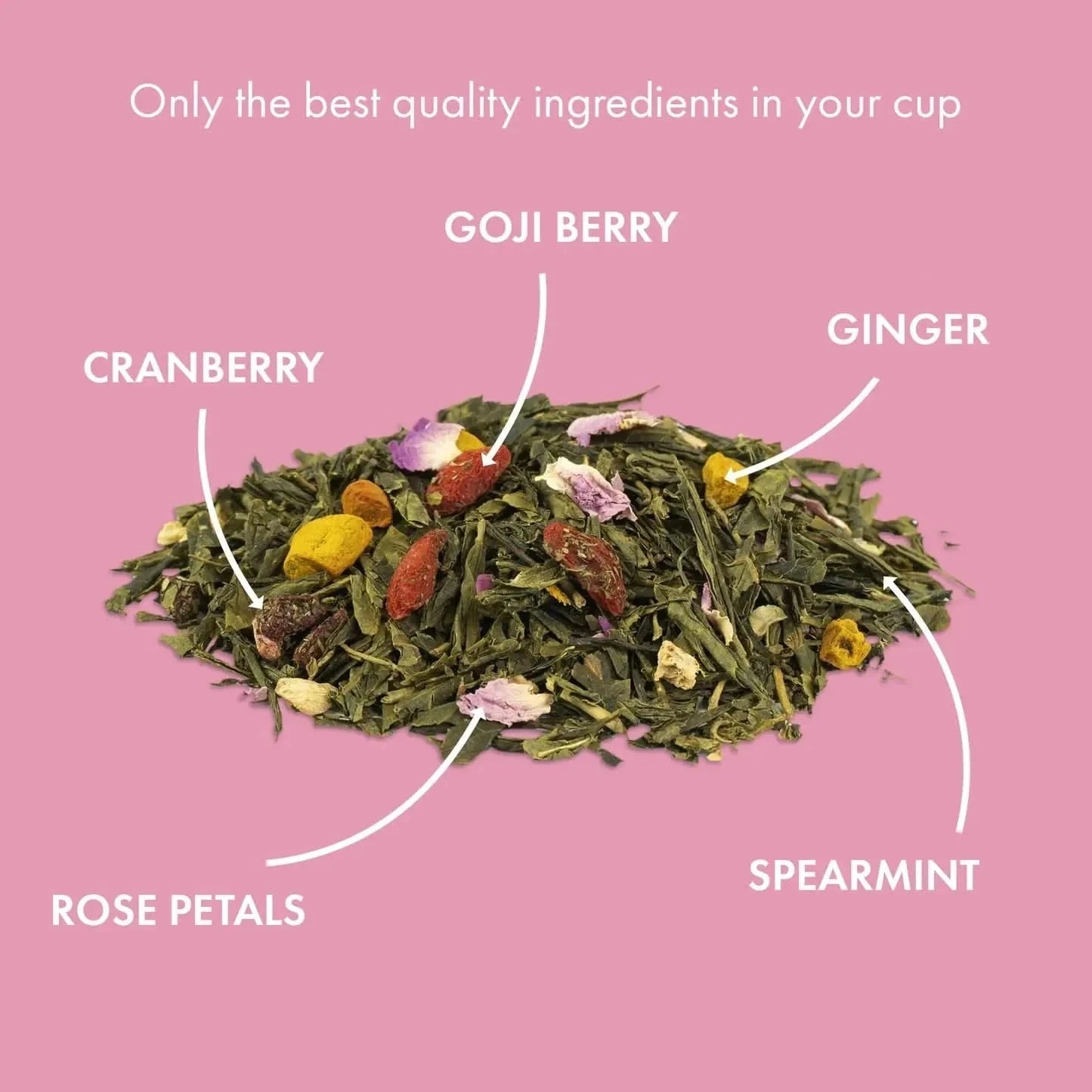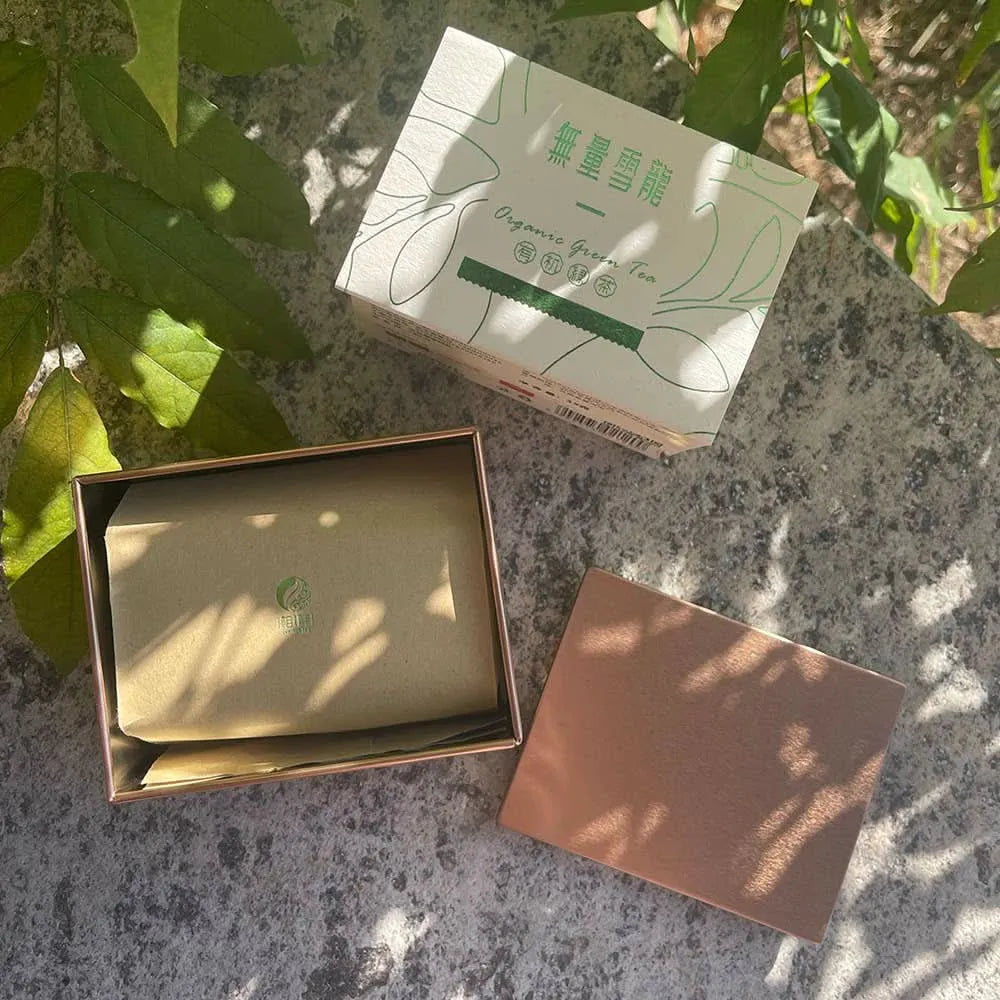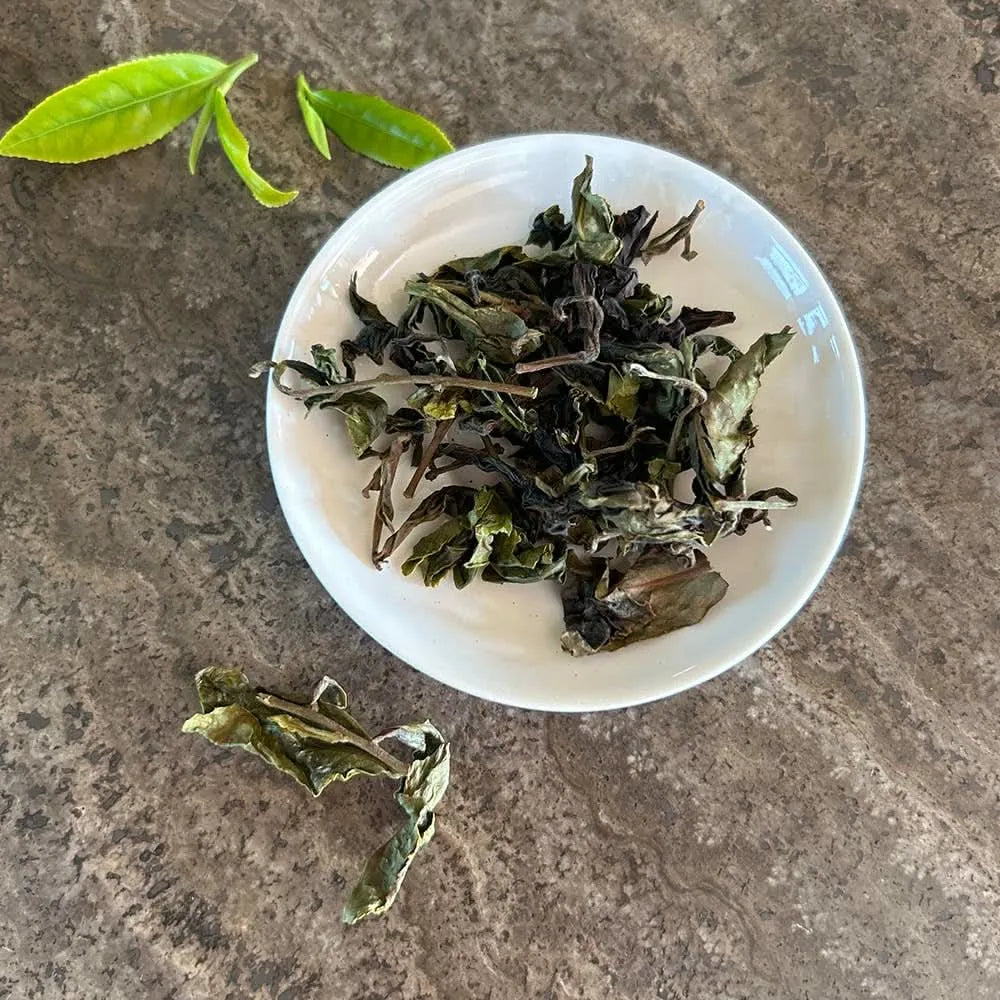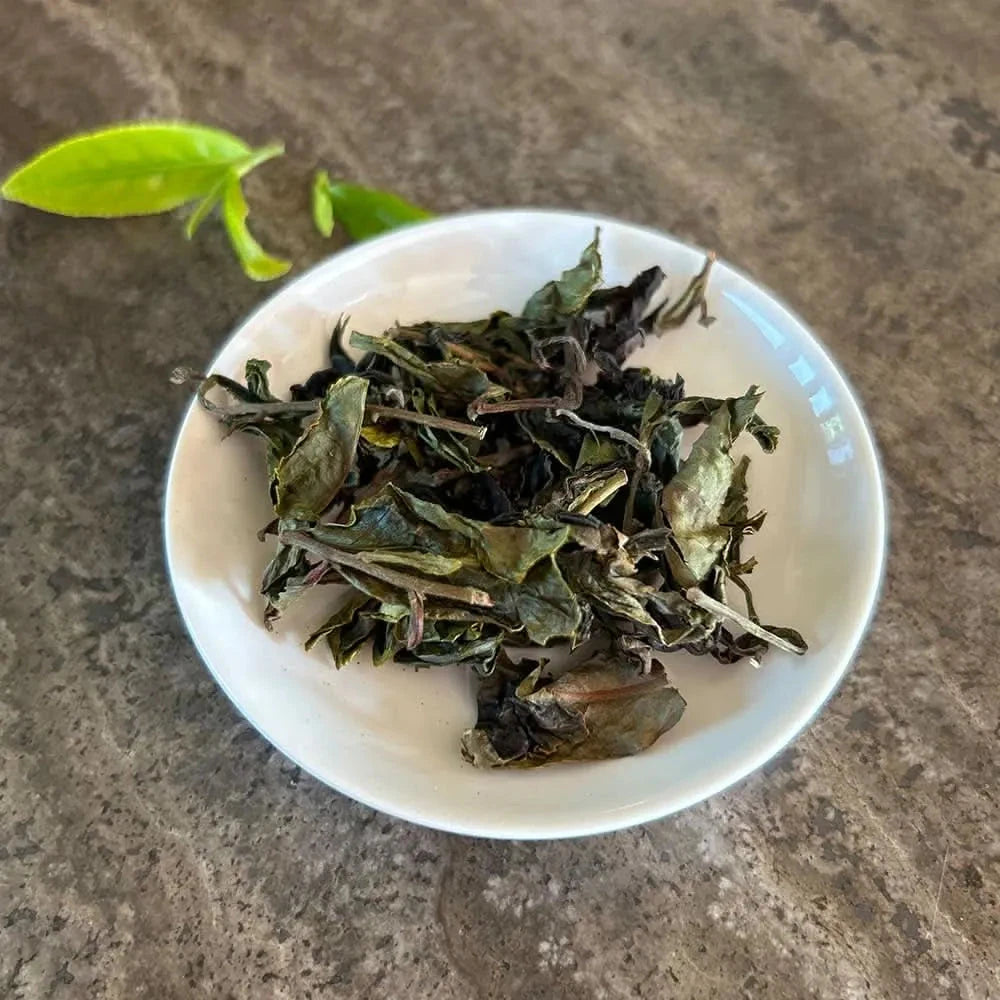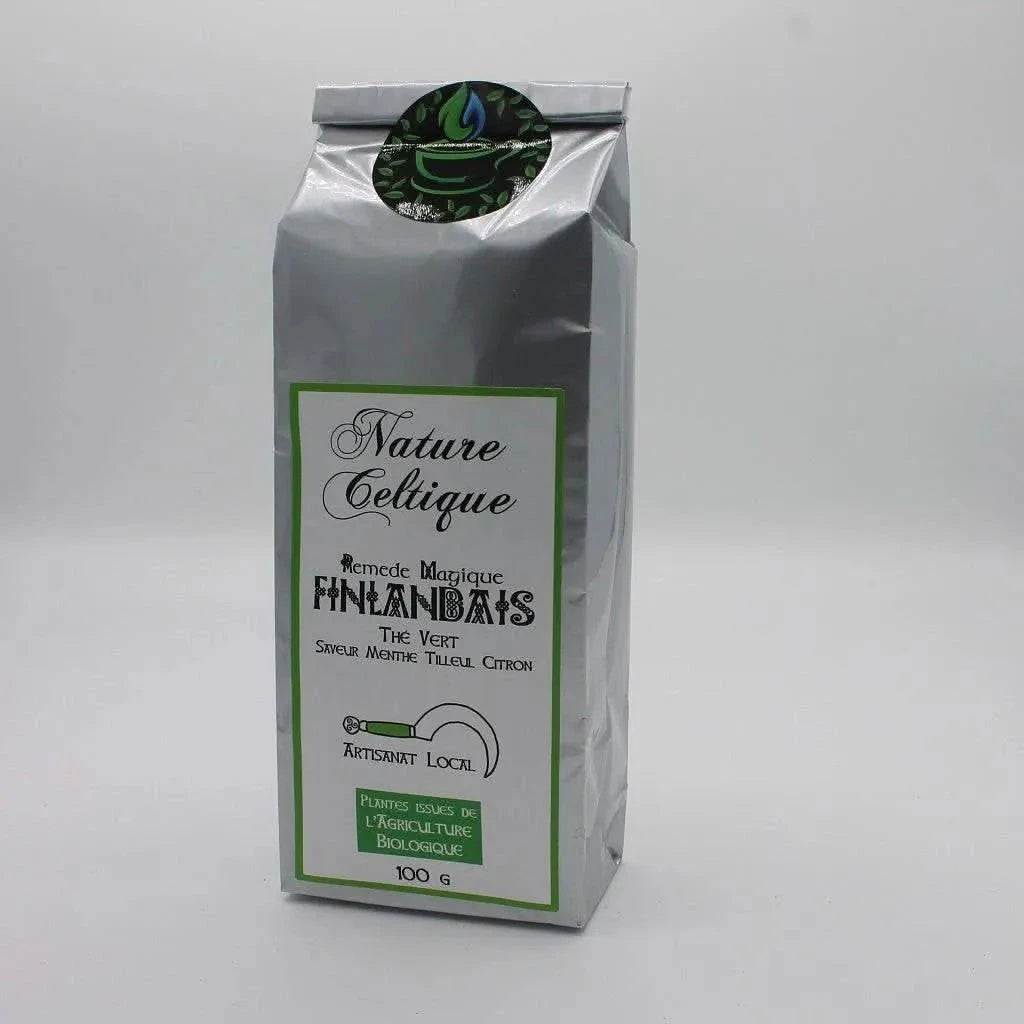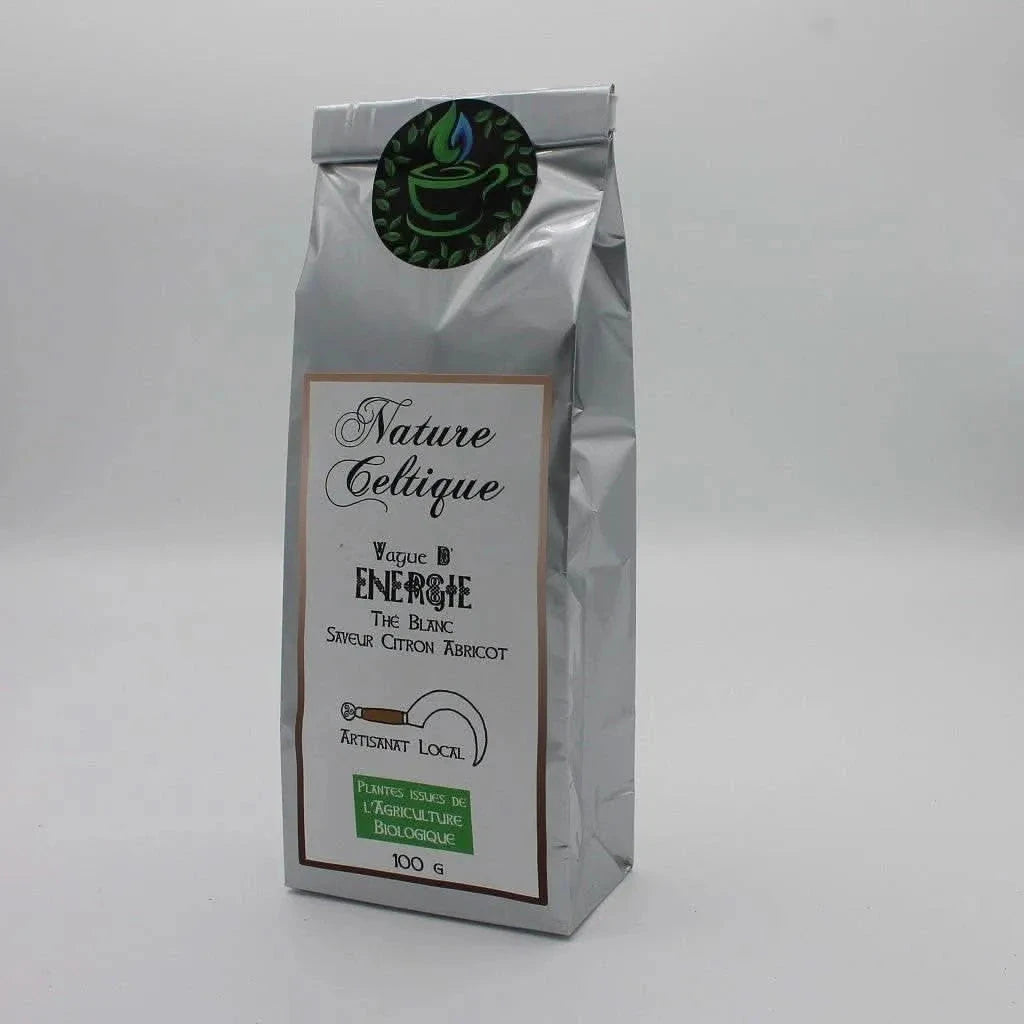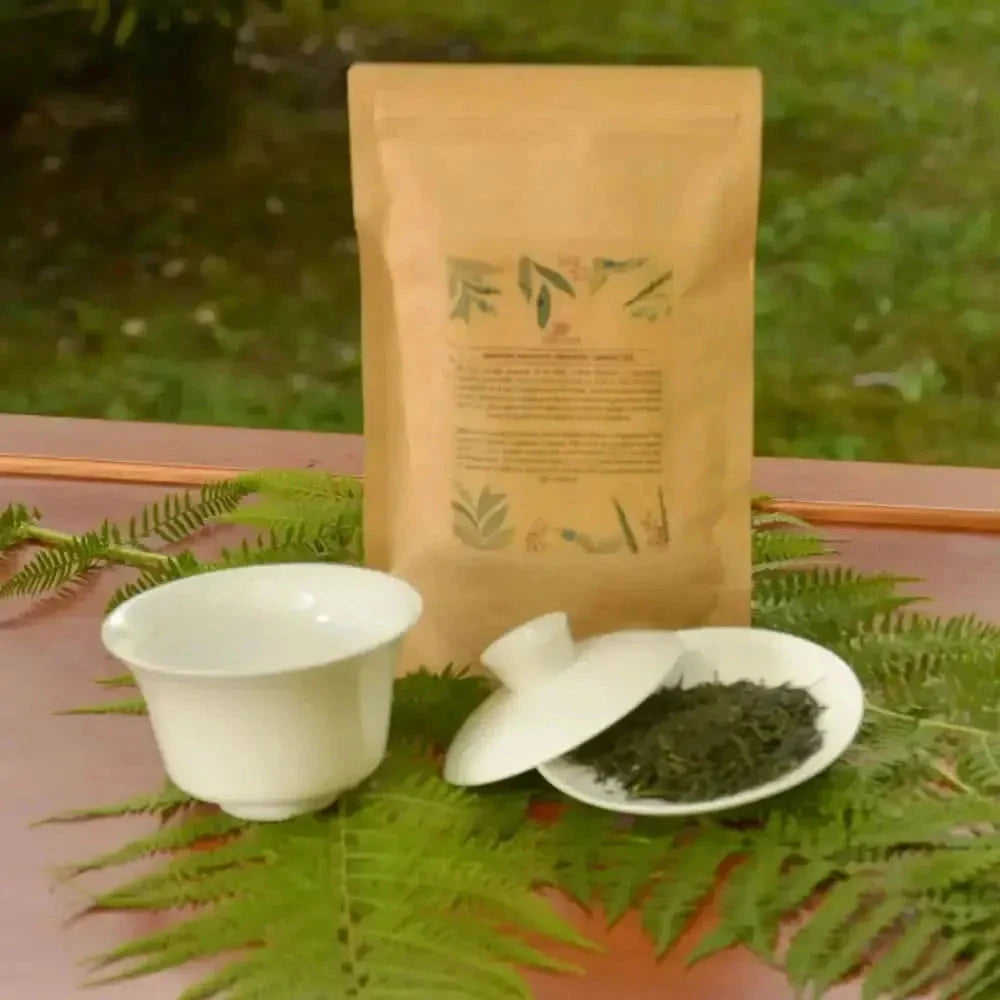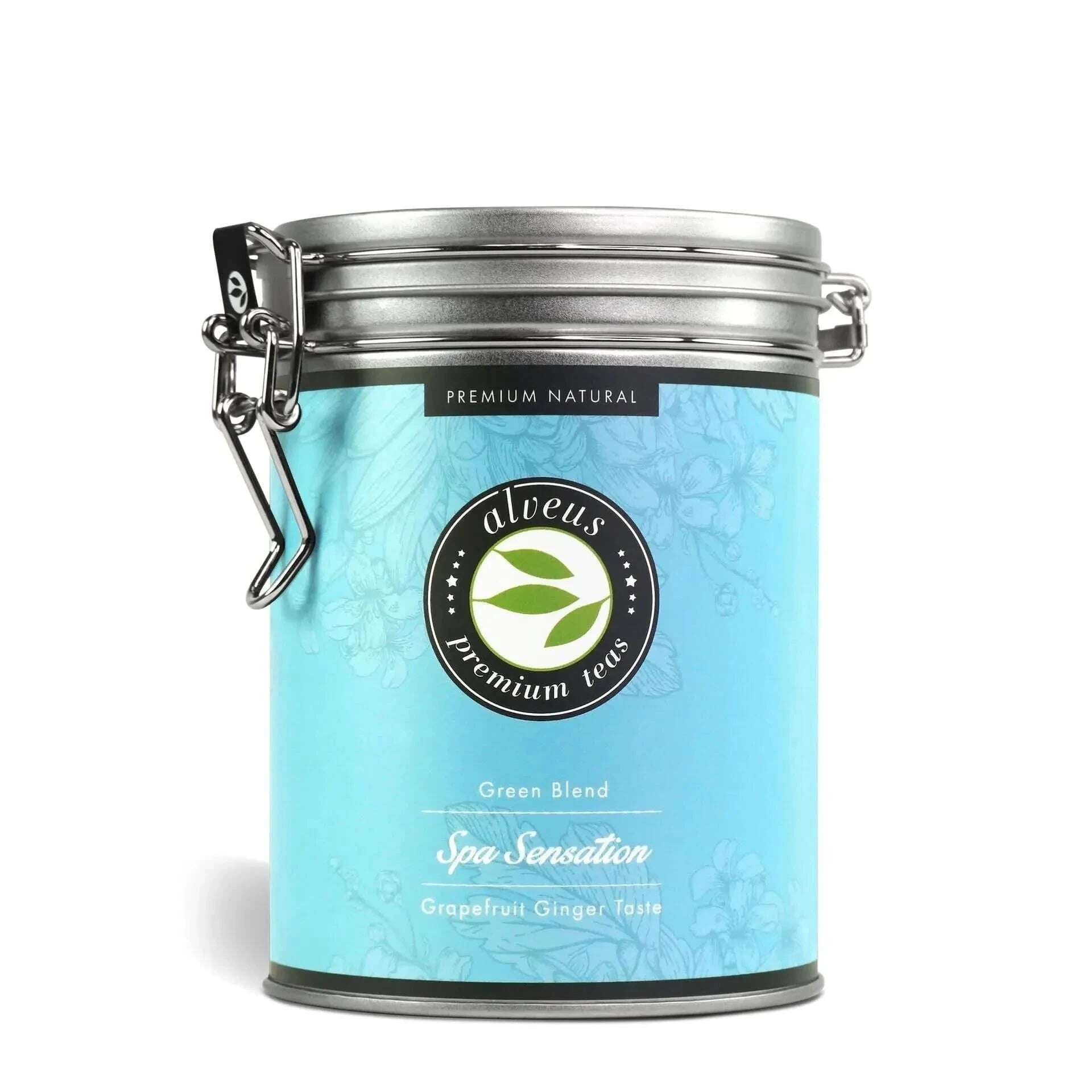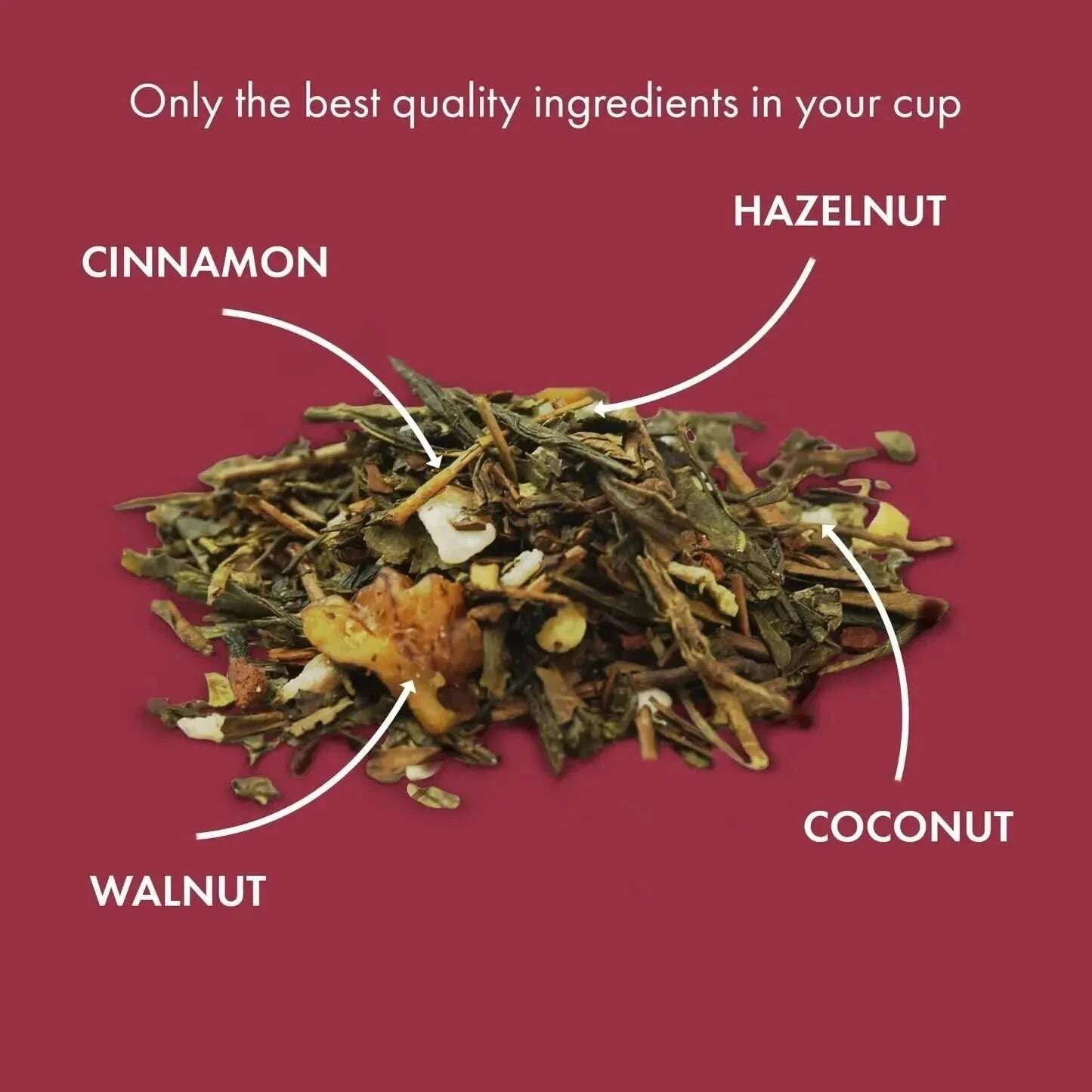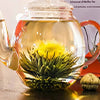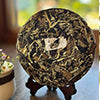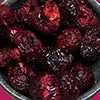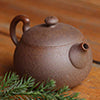Green Tea
Filter
Sort by:
Description
Green Tea: A Distinctive Tea from Camellia Sinensis
Green tea, derived from the leaves and buds of the Camellia sinensis plant, stands apart due to its unique processing method. Unlike black and oolong teas, green tea avoids oxidation through steaming, pan-frying, or drying shortly after harvest. This preserves its natural antioxidants and imparts a distinct flavor and color.
Varieties of Green Tea
Factors like the variety of C. sinensis, growing conditions, and production methods result in diverse green teas. Japanese Sencha offers a delicate, light flavor, while Chinese Dragon Well provides a robust, slightly sweet profile.
Health Benefits of Green Tea
Green tea is celebrated for its high content of bioactive ingredients, especially polyphenols like epigallocatechin gallate (EGCG).
Antioxidant and Anti-Inflammatory Effects
Green tea polyphenols exhibit antioxidant, antiviral, and anti-inflammatory properties, protecting against heart disease and certain cancers.
Cardiovascular Health
Polyphenols in green tea modulate detoxification enzymes, stimulate immune function, and decrease platelet aggregation, promoting cardiovascular health.
Cancer Prevention
Studies suggest green tea polyphenols may delay the onset of cancer risk factors through effects on gene transcription and cell proliferation.
General Wellbeing
Green tea aids in weight loss, improves brain function, and supports overall wellbeing.
Preparing Green Tea
Brewing green tea requires attention to water temperature, steeping time, and tea quantity.
Water Temperature and Steeping Time
Ideal water temperature is 160°F to 170°F (71°C to 77°C). Steeping time ranges from 1 to 3 minutes, varying by tea type.
Traditional Japanese Methods
The Japanese tea ceremony, Chanoyu, involves precise preparation of Matcha, highlighting the spiritual connection between nature and participants.
Cultural and Historical Significance
Green tea has deep cultural roots in East Asia.
Origins in China
Green tea originated in China in the late 1st millennium BC, valued for its health benefits and referred to as ""an elixir of youth.""
Introduction to Japan
Introduced by Buddhist monk Saicho in 815 AD, green tea became integral to Japanese culture, especially in Zen Buddhism.
Ceremonial Significance
The Japanese tea ceremony, led by Zen master Eisai, emphasizes the spiritual aspects of tea drinking, becoming a cultural cornerstone.
Literary Influence
Works like ""The Classic of Tea"" by Lu Yu and ""The Book of Tea"" by Eisai highlight green tea's cultural and health significance.
Types
Popular Types of Green Tea
Green tea comes in various forms, each with unique characteristics:
Japanese Sencha
Sencha is a steamed green tea known for its fresh, grassy flavor and vibrant green color. It is the most consumed tea in Japan and is appreciated for its balance of sweetness and astringency.
Matcha
Matcha is a finely ground powder of specially grown and processed green tea leaves. Used in the Japanese tea ceremony, it offers a rich, creamy texture and high antioxidant content.
Chinese Dragon Well (Longjing)
Dragon Well tea, or Longjing, is pan-fried, giving it a flat, smooth appearance and a sweet, nutty flavor. It is one of China's most famous teas, prized for its quality and historical significance.
Gyokuro
Gyokuro is shaded during growth, increasing its chlorophyll and amino acid content. This results in a sweeter, umami-rich flavor and a higher concentration of health-promoting compounds.
Bancha
Bancha is a lower-grade tea harvested later in the season. It has a milder flavor and lower caffeine content, making it suitable for everyday consumption.
Benefits
Health Benefits of Green Tea Varieties
Green tea varieties offer numerous health benefits due to their rich content of bioactive compounds.
Japanese Sencha
Sencha is rich in catechins, particularly EGCG, which provide antioxidant and anti-inflammatory benefits. Regular consumption may reduce the risk of chronic diseases and support cardiovascular health.
Matcha
Matcha contains higher concentrations of antioxidants compared to other green teas. Its L-theanine content promotes relaxation and improves focus, while its catechins support metabolism and detoxification.
Chinese Dragon Well (Longjing)
Dragon Well tea is known for its high vitamin C content and polyphenols, which enhance immune function and protect against oxidative stress. Its amino acids contribute to improved mental clarity and relaxation.
Gyokuro
Gyokuro's shading process increases its L-theanine and chlorophyll levels, offering enhanced relaxation effects and detoxification benefits. Its rich umami flavor is accompanied by potent antioxidant properties.
Bancha
Bancha is lower in caffeine but still provides significant health benefits. Its catechins support digestion and oral health, while its mild flavor makes it an excellent choice for regular consumption.
General Health Benefits of Green Tea
Green tea's polyphenols, particularly EGCG, contribute to various health benefits:
- Antioxidant and anti-inflammatory effects that protect against heart disease and cancer.
- Cardiovascular health improvements through modulation of detoxification enzymes and decreased platelet aggregation.
- Cancer prevention through effects on gene transcription and cell proliferation.
- Support for weight loss, improved brain function, and overall wellbeing.
Instructions
Technical Aspects of Green Tea
Green tea's quality and characteristics are influenced by several technical factors.
Processing Methods
Green tea undergoes steaming, pan-frying, or drying to prevent oxidation. This preserves its natural antioxidants and imparts distinct flavors and aromas.
Chemical Composition
Green tea is rich in polyphenols, particularly catechins like EGCG, which provide its health benefits. It also contains amino acids like L-theanine, which promote relaxation and improve focus.
Quality Indicators
High-quality green tea is characterized by its vibrant color, fresh aroma, and balanced flavor. Factors like the variety of C. sinensis, growing conditions, and processing methods influence its quality.
Storage and Preservation
Green tea should be stored in a cool, dark place to preserve its freshness and prevent oxidation. Proper storage maintains its flavor, aroma, and health-promoting properties.
FAQs














